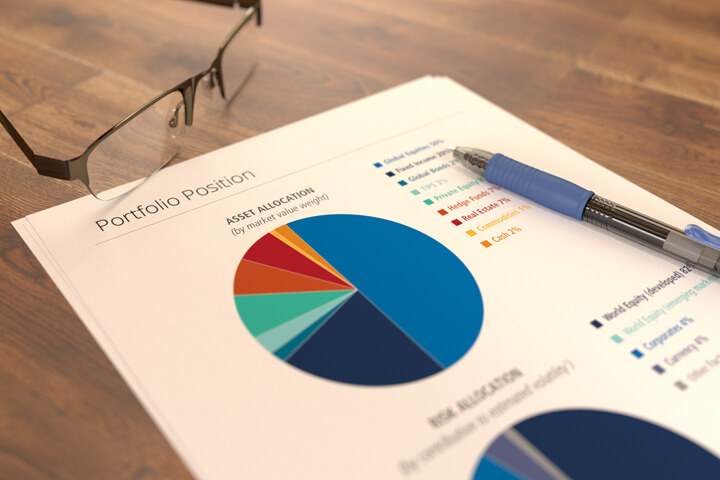The Future of Peer-to-Peer Lending and How It’s Changing Personal Financing
Peer-to-peer (P2P) lending has revolutionized the financial landscape over the past decade, offering an alternative to traditional banking systems. By connecting borrowers directly with investors through digital platforms, P2P lending has democratized access to capital, reduced costs, and created new opportunities for both individuals and businesses. AS technology continues to advance. behavior evolves, the future of P2P lending promises even greater disruption. This article explores the trends shaping this industry and how they’re redefining personal finance for a generation seeking flexibility, transparency, and control.
1. The Rise of P2P Lending Platforms
P2P lending emerged in the mid-2000s as a response to the inefficiencies of traditional banking. Platforms like LendingClub, Prosper, and Zopa pioneered a model where borrowers could secure loans at competitive rates while investors earned higher returns than those offered by savings accounts or bonds. According to Mordor Intelligence, the global P2P lending market is projected to grow at a compound annual growth rate (CAGR) of 29.7% between 2023 and 2028, driven by increasing digital adoption and distrust in conventional financial institutions.
The appeal lies in simplicity: borrowers avoid bureaucratic hurdles, and investors diversify their portfolios with fractional loans. For example, a freelance graphic designer might secure a $10,000 loan to upgrade equipment within 48 hours, funded by dozens of micro-investors. This agility is reshaping how people approach debt and investment.

2. Technological Innovations Driving Change
Artificial intelligence (AI) and blockchain are at the forefront of P2P lending’s evolution. AI-powered algorithms now assess creditworthiness more accurately than traditional FICO scores by analyzing non-traditional data—such as social media activity, utility payments, and even educational background. For instance, Upstart, a U.S.-based P2P lender, claims its AI model approves 27% more borrowers than conventional methods while maintaining lower default rates.
Enhancing transparency, meanwhile, is achieved through the practice of a technology call Blockchain. and security. Smart contracts automate loan agreements, ensuring timely repayments and reducing fraud. Platforms like SALT and Nexo use blockchain to offer crypto-backed loans, allowing borrowers to leverage digital assets without selling them. These innovations are making P2P lending faster, safer, and accessible to underserved populations.
3. Regulatory Shifts and Global Expansion
As P2P lending grows, regulators are stepping in to balance innovation with consumer protection. The EU’s Crowdfunding Service Providers Regulation (CSPR) and the U.S. SEC’s oversight mandate stricter disclosure requirements and capital reserves for platforms. While some fear overregulation could stifle growth, these frameworks are legitimizing the industry and attracting institutional investors.
Emerging markets are also embracing P2P lending. In Southeast Asia, platforms like Funding Societies cater to small businesses excluded from traditional bank loans, fueling economic growth. Africa’s Branch International uses mobile data to offer microloans to unbanked populations, demonstrating how P2P lending bridges financial gaps in developing economies.
4. Diversification of Use Cases
P2P lending is no longer limited to personal loans. New niches are emerging:
- Green Loans: Platforms like EcoTree fund eco-friendly projects, allowing investors to support sustainability.
- Education Financing: Prodigy Finance offers loans to international students, repaid as a percentage of future income.
- Real Estate Crowdfunding: RealtyMogul lets investors pool resources for property acquisitions, earning rental income and appreciation.
These specialized offerings cater to socially conscious millennials and Gen Z investors who prioritize purpose alongside profit.

5. Challenges and Risks to Navigate
Despite its potential, P2P lending faces hurdles. Economic downturns—like the 2023 recession—increase default rates, testing platforms’ risk models. Additionally, the lack of federal insurance (e.g., FDIC) means investors bear more risk than with traditional savings accounts.
Cybersecurity is another concern. In 2022, Lendy, a UK-based platform, collapsed due to fraudulent loan applications, highlighting the need for robust due diligence. However, advancements in biometric authentication and decentralized ledgers are mitigating these risks.
6. The Road Ahead: Integration with Embedded Finance
The future of P2P lending lies in seamless integration with everyday financial activities. Embedded finance—where lending options appear within apps or marketplaces—is already gaining traction. Imagine booking a vacation through a travel app and instantly financing it via a P2P loan, all without leaving the platform.
Decentralized finance (DeFi) could further disrupt the sector by eliminating intermediaries entirely. Platforms like Aave and Compound enable peer-to-peer crypto lending, though regulatory clarity remains a work in progress.
Conclusion
Peer-to-peer lending is not just a trend—it’s a fundamental shift in how we think about money. By combining cutting-edge technology with a user-centric approach, P2P platforms are empowering individuals to take control of their financial futures. Whether you’re a borrower seeking flexibility or an investor chasing higher returns, understanding this evolving landscape is key to staying ahead. there embody 1 matter that's clear A the industry matures. democratization of finance is here to stay.
(Writer:Juliy)






